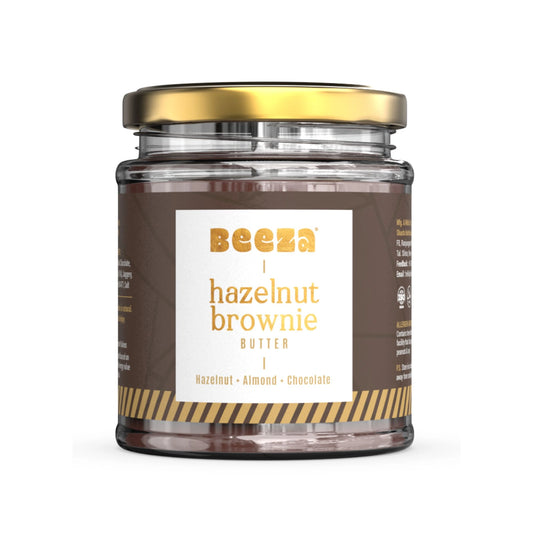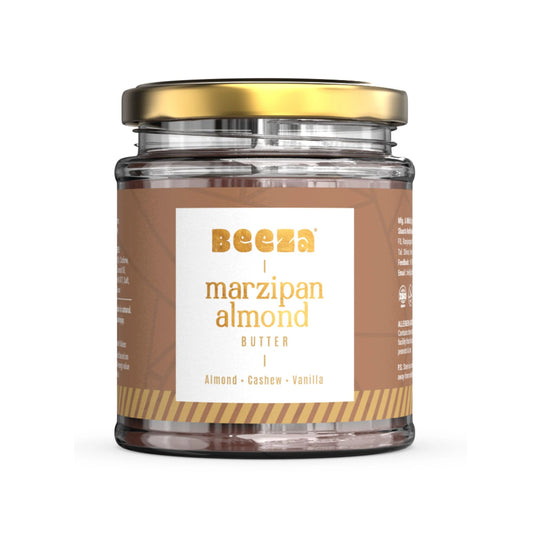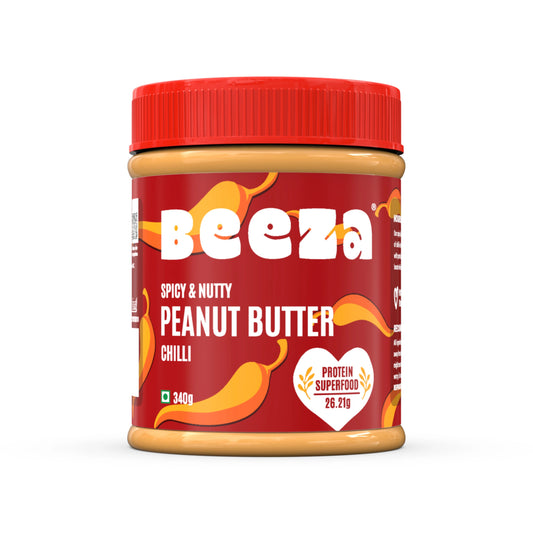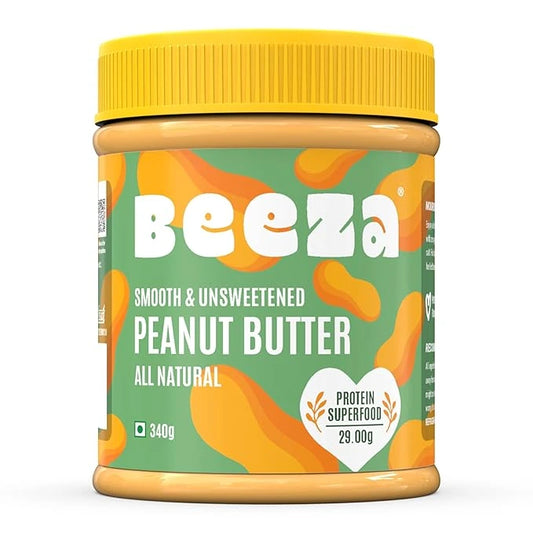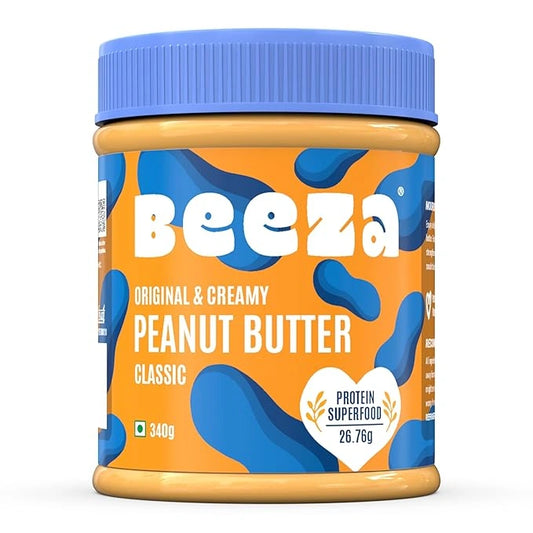
How to Choose a Healthy Peanut Butter: What to Look for on Labels

Peanut butter isn’t just a pantry staple - it’s a protein-packed spread with serious potential. But walk down the nut butter aisle and suddenly things get tricky. What does “natural” really mean? Is “low fat” always better? And how do you actually read those confusing ingredient labels?
Welcome to the ultimate guide to decoding food labels and unlocking the real nutritional value of peanut butter. Because once you know what to look for, you’ll never fall for sneaky marketing spins again.
The Problem with Many Commercial Peanut Butters
Let’s get this out of the way: not all peanut butters are created equal. Some are packed with unnecessary extras like added sugars, hydrogenated oils, or even fillers. The result? A spread that might taste good but loses points on its nutritional labels.
If you're trying to eat clean or follow a balanced diet, learning how to read food labels isn’t optional—it’s essential.
What’s in a Label? How to Decode a Peanut Butter Jar
1. Ingredients List
This is your first stop. A good peanut butter has as few ingredients as possible—ideally just peanuts and maybe a pinch of salt.
Watch out for:
- Added sugar often disguised as dextrose, cane syrup, etc.
- Hydrogenated oils - trans fats in disguise
- Stabilizers or emulsifiers - they’re not always bad, but it’s good to know what you’re consuming)
2. Nutritional Information
This is where the numbers matter:
- Protein: Look for 7–9g per serving.
- Fat: Natural peanut butter contains healthy fats—mostly monounsaturated and polyunsaturated.
- Sugar: Keep it low. Around 2–4g per serving is ideal.
- Fibre: Aim for at least 1–2g to support digestion and fullness.
These numbers tell you the true nutritional value of peanut butter, so don't skip them.
3. Claims and Certifications
You’ll often see phrases like:
- “All Natural”
- “No Added Sugar”
- “High Protein”
- “Non-GMO”
- “Vegan”
Great—but don’t just take them at face value. These claims should match what’s on the ingredient and nutrition labels. If it says “all natural peanut butter” but the list reads like a science experiment, you’ve got your answer.
Understanding the Types: What’s Healthier?
Natural vs Commercial Peanut Butter
Natural peanut butter tends to have fewer ingredients and no added stabilizers. But some commercial varieties still maintain high quality—especially when they’re transparent about what's inside.
Creamy vs Crunchy
There’s no major difference nutritionally—this one’s all about texture. Crunchy peanut butter may have slightly more fiber due to the peanut bits, but it’s minor. Choose what you love (or just keep both on rotation).
Powdered Peanut Butter
This one’s popular in fitness circles. It’s lower in fat and calories, since most of the oil has been removed. Good for smoothies, but you’ll miss the richness of a classic jar.
Choosing Peanut Butter Based on Your Goals
For Weight Loss
Look for high protein, low sugar. Healthy fats are your friend—they help keep you full.
For Muscle Gain
Focus on higher calorie peanut butters with 8–9g of protein per serving. Combine it with banana or oats post-workout for a power snack.
For Kids or General Snacking
Stick with simple, clean-label options that don’t contain added junk. Taste matters here too—something both fun and nutritious (just like Beeza).
For Heart Health or Diabetes-Friendly Diets
Choose peanut butters with no added sugar, low sodium, and healthy unsaturated fats. They help manage blood sugar spikes and support cholesterol levels.
Why Understanding Food Labels Matters
Whether you're comparing all-natural peanut butter to regular commercial jars, or scanning ingredient labels in a hurry, knowing how to decode food labels gives you control over what you eat.
The right spread shouldn’t just taste good—it should support your health goals. That’s why we keep our jars honest and our labels easy to understand. You’ll find minimum ingredients and clear nutrition in every Beeza jar. Because we believe real food shouldn’t need a decoder ring.


